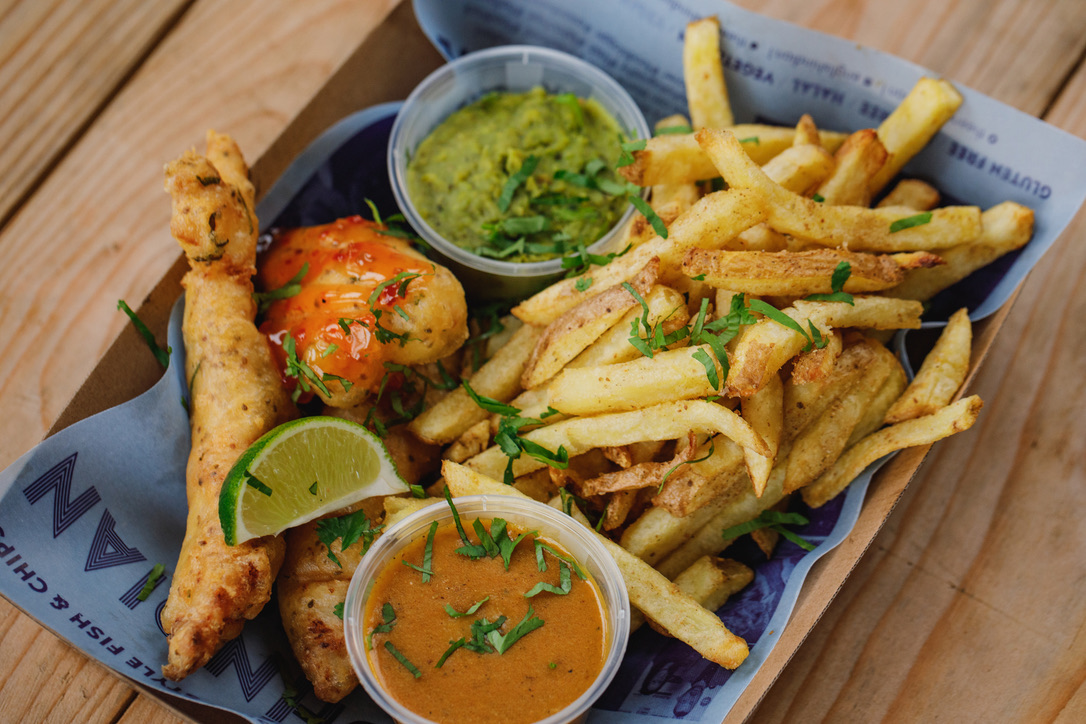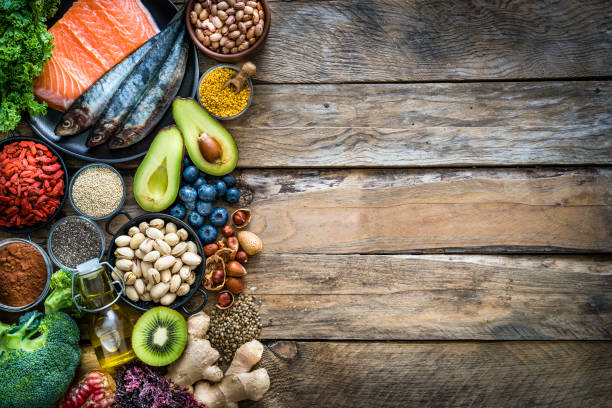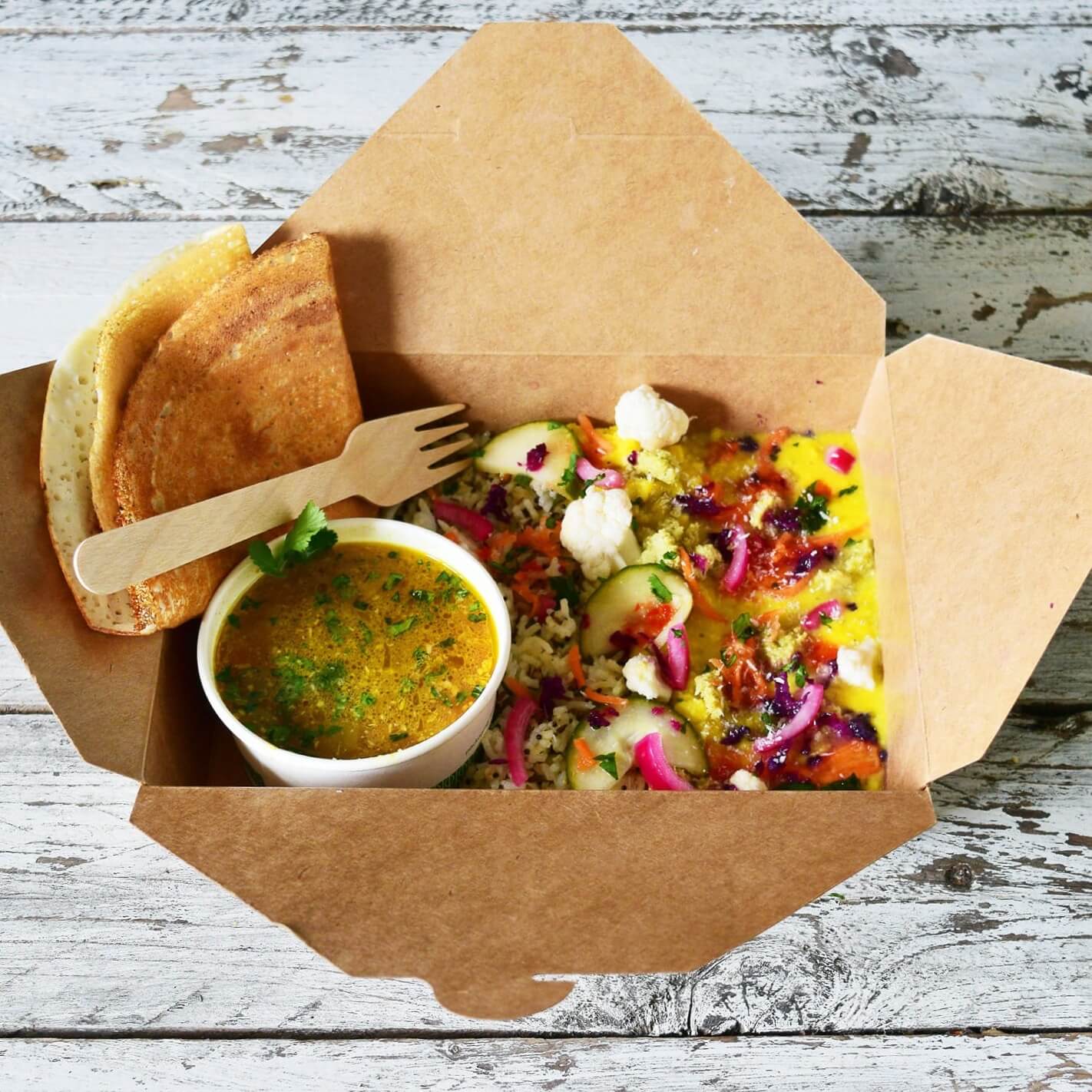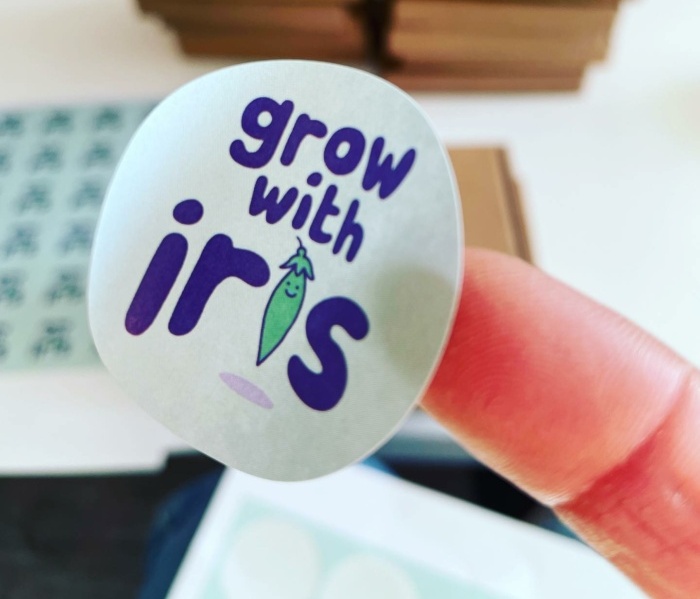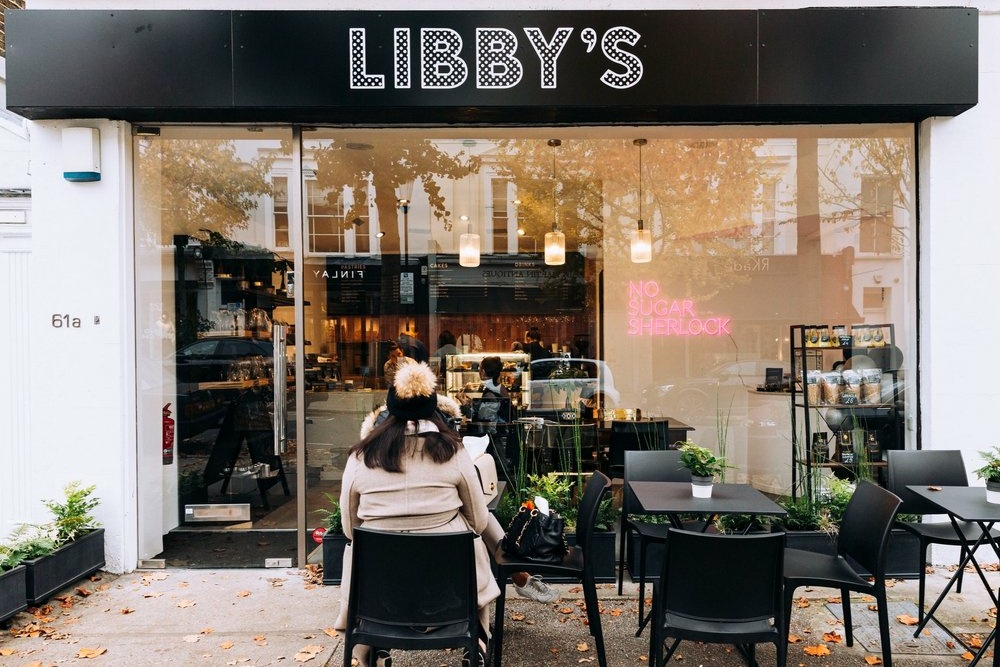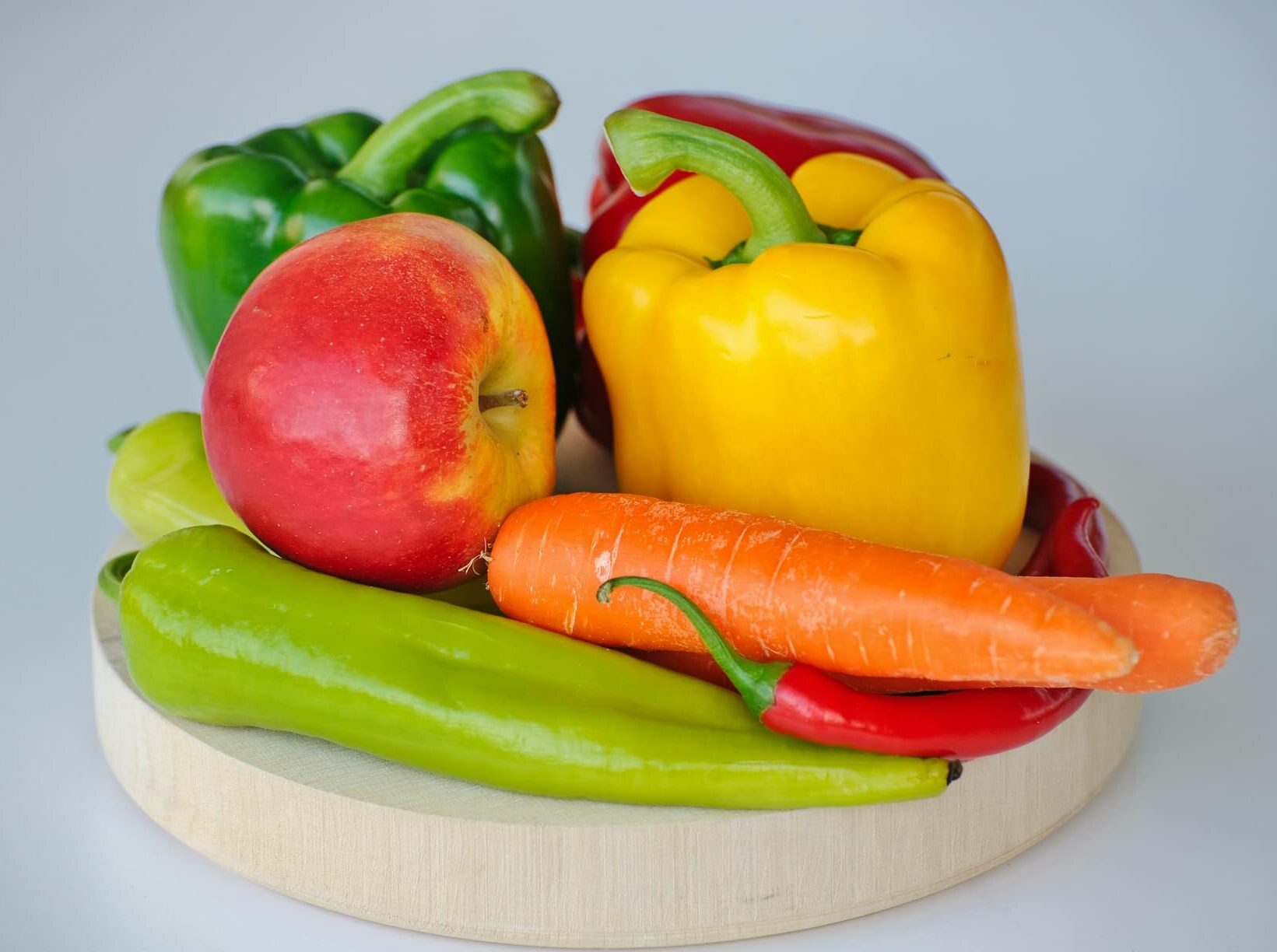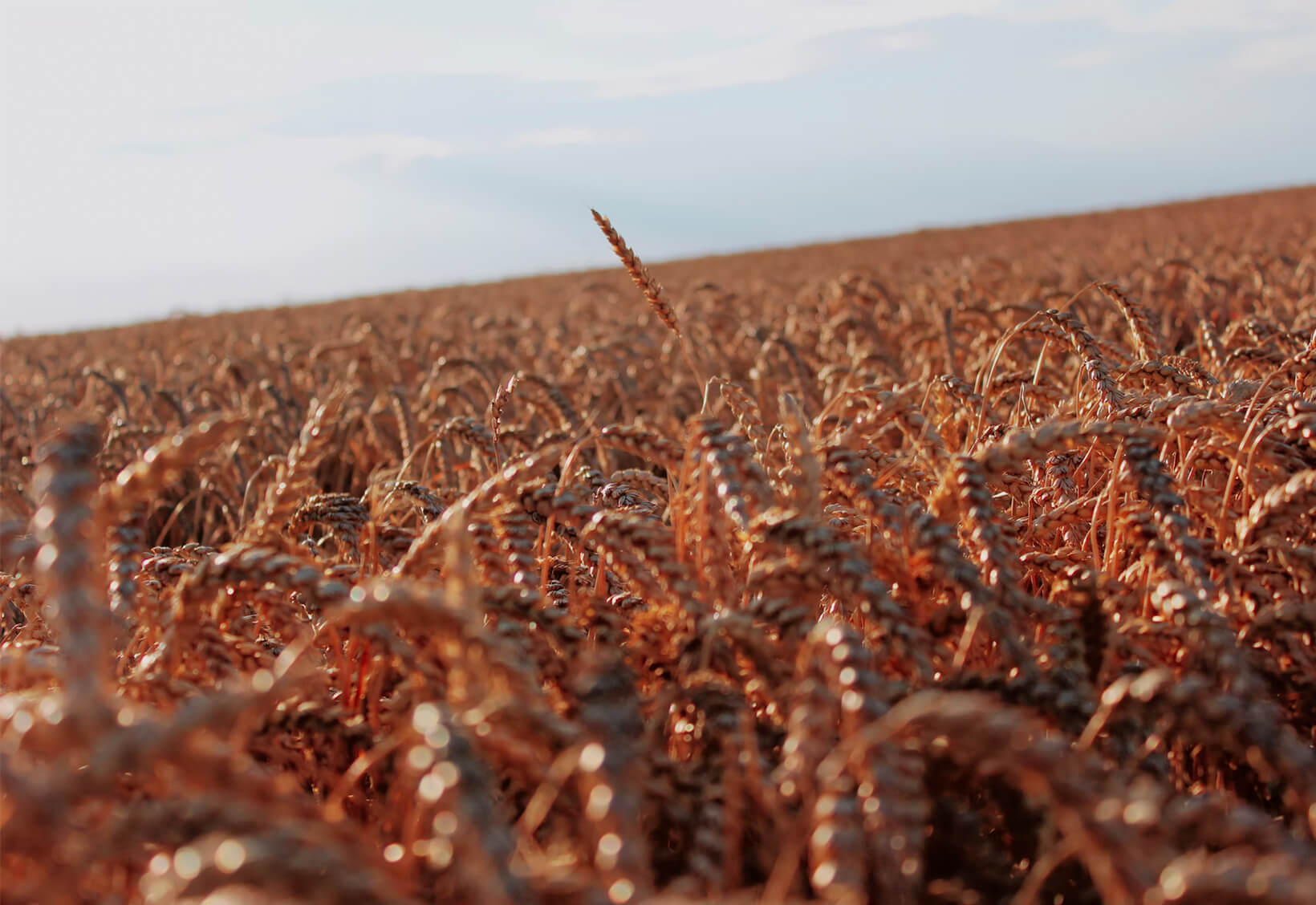18 months of allergy living

By Sarah T
In 2020, the outside world stopped. We were in the midst of an unprecedented pandemic, but some things just cannot be put on pause. We welcomed our second child, Bonnie, not long after we entered the first national lockdown. I had my dream birth and started breastfeeding, but she was extremely fussy and often refused to feed. Feeding difficulties are not unusual but it was tough with no access to support. We persevered; however, at her 10 day check she had not reached her birth weight. She had a rash, eczema, she was extremely fussy all day and night, and her nappies were green and full of mucus, and way too frequent (10-12 a day). Something was wrong. This was when learning how to live with food allergies really came forward as a priority.
I felt like I was feeding her non-stop but she gained weight so slowly. I turned to the internet to try and make sense of what was happening. It’s not always the best idea to look up medical issues on the internet, but I found an amazing network of supportive mums in Facebook groups and on Instagram who were so knowledgeable and supportive. I spoke to my health visitor at around 8 weeks to suggest she may have a Cows Milk Protein Allergy (CMPA). She was quite supportive but there wasn’t much she could advise other than to speak to my GP. My GP was less familiar with the issues and said it was unlikely she would be reacting through breastmilk, but if I wanted to cut out milk from my diet then I could trial it and see. We went on our way with no dietician, no blood test, no meal advice and minimal GP support. Thankfully, I had the online community I had found to help me start our milk free journey.
Things did improve after around a month, and learning how to live with her food allergies became easier, but we were still seeing a lot of symptoms, so I decided to cut out egg next and that made a very big difference. Bonnie became a happy, confident child. The child she always should have been. I still feel guilty now that during her first 8 weeks of life she was in so much pain. Things were going well until she started nursery at 12 months. Because we were cutting out milk and egg they replaced it with products that contained a lot of soya, such as soya yoghurts and custards. Instantly she started reacting. At first, we weren’t sure if they were accidentally giving her milk or egg but after numerous discussions with the nursery and a food diary, it became clear that she was reacting to soya. After consultation with the GP we have cut out soya as well and we are finally having solid bowl movements (most of the time)!!
The journey that we are on has opened my eyes to the world of those who have to adapt and learn how to live with food allergies. It has made food a worry, especially when eating out. I found that the experience of eating out when you have an allergy to consider varied greatly. Some places have an amazing set up and ensure all their food is labelled for allergens and are also able to customise their meals to improve food choices. I was inspired to start my Instagram page documenting our experiences eating out as well as food finds and the experiences and the challenges we face as an allergy family. I wish Allergy Companions had been around when I started on this journey. It is such a great resource and will hopefully improve standards across the restaurant industry.
Here are a couple of things I’ve learnt over the last 18 months:
- If someone in your party has an allergy, you can expect that it is going to take you much longer to order!
- There is a fine line between keeping customers safe and making a menu restrictive. If restaurants won’t adapt their menus, they should have at least plenty of options to suit all allergens. Often this is not the case and you find there is little you can eat;
- Chances are you are going to need to speak to a manager;
- It may not be clear what you can and can’t eat, depending on how well their menu is labelled;
- After you’ve ordered, you might decide you aren’t happy with how they’ve dealt with your allergy and so choose not to eat the meal. I’ve left my meal mostly untouched several times for this very reason. It’s better to be safe;
- Don’t be afraid to ask to check the menu before you sit down.
The journey of learning how to live with food allergies will always be a challenge, but I am grateful that my daughter will not die if she eats egg, milk or soya, but it does make her very poorly with stomach cramps, diarrhoea, unable to sleep and eczema. I hope that she will grow out of it, but if she doesn’t, I hope that the world will become more allergy friendly and that I can teach her how to accept it and how to keep herself safe (I’m dreading the kids birthday party invites)!
As time has gone on people have asked me why didn’t I just bottle feed her? Why am I still feeding? Why don’t I just stop and then I can eat whatever I like? Well breastmilk helps to heal her digestive tract as well provide comfort for her. There are so many things she can’t have, I’m not going to take away something that she loves. For me this is a short phase in my life, but this might be her reality for her whole life. How can I teach her how to navigate it if I haven’t lived it?
TOP RESTAURANT PICKS:
The Plough, Harborne, Birmingham – Can’t beat these guys for amazing tasting food, clear allergy labelling and are willing to adapt any dish to suit your allergy, just ask your server.
Wagamama – This will come as no surprise! Well known in the allergy community as being a safe haven because they take allergies so seriously. Everything is cooked fresh and you feel reassured through your whole meal.
TGI Fridays – These guys surprised me. Well labelled allergies and were willing to be flexible so we could adapt our dish to suit our allergy.
Tattu, Birmingham City Centre – If you are looking for an indulgent treat, these guys are amazing! They are an Asian restaurant with dishes that are a taste explosion. They really reassured me from the moment I sat down, allowed me to swap items out of my chosen meal to make it safe for me to eat and confirmed the changes when the food was delivered.
